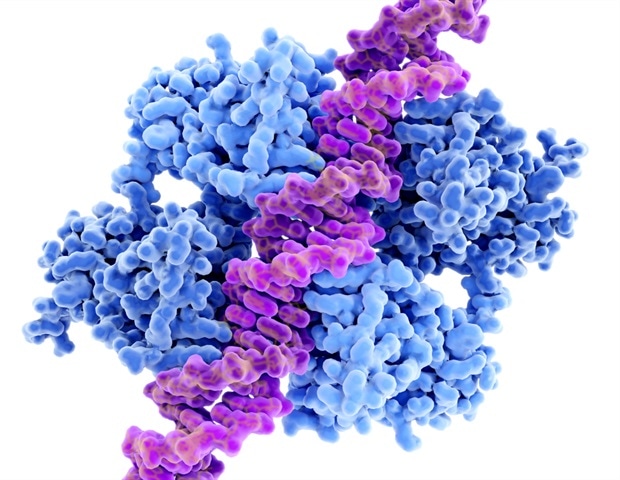At Mayo Clinic, the mission to solve the unsolvable is at the heart of every rare disease case. Each diagnosis is a testament to perseverance, innovation and the relentless pursuit of answers.
This commitment has led researchers at the Mayo Clinic Center for Individualized Medicine to develop a semi-automated system, known as RENEW, to rapidly reanalyze unresolved rare disease cases.
In a new study published in Human Genetics, researchers describe how RENEW (REanalysis of NEgative Whole-exome/genome data) led to a probable diagnosis for 63 patients out of 1,066 undiagnosed cases.
The innovative technology, launched in 2022, regularly compares patient genomic sequencing data with newly published global research discoveries, with the goal of pinpointing previously elusive, disease-causing genetic variants.
Considering that the majority of patients with rare diseases who undergo genomic sequencing remain without a diagnosis, this is no small accomplishment. Each successful diagnosis facilitated by RENEW signifies a profound breakthrough in providing answers and hope to people navigating the complexities of rare diseases.”
Alejandro Ferrer, Ph.D., Translational Omics Researcher, Mayo Clinic
RENEW features a sophisticated filtering system that sifts through the new genetic information to help zero in on the pathogenic variant or variants causing a patient’s disorder.
On average, it took RENEW approximately 20 seconds to review each of the 5,741 genomic variants it prioritized. The total analysis time for each patient with an unresolved case ranged from 10 seconds to 1.5 hours. In contrast, manual reanalysis by researchers and clinicians typically takes weeks and involves an extensive review of published papers and scouring patient data in the search for clues.
RENEW was created by Eric Klee, Ph.D., the center’s Everett J. and Jane M. Hauck Midwest Associate Director, Research and Innovation.
“Looking forward, through advances in technology, we hope to further improve the automation and efficiency in this interpretative process, bringing this technology to a broader aperture of genetic test data,” Dr. Klee says.
Source:
Journal reference:
Ferrer, A., et al. (2024). Semiautomated approach focused on new genomic information results in time and effort-efficient reannotation of negative exome data. Human Genetics. doi.org/10.1007/s00439-024-02664-3.











